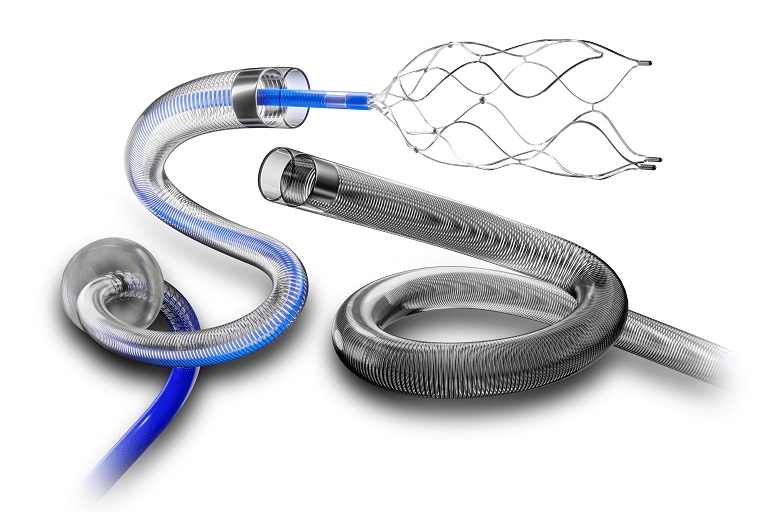Fluidx Medical Technology, Inc., released information regarding the success of the IMPASS Embolic Device in in-vivo research related to middle meningeal artery (MMA) embolizations which can be used to treat chronic subdural hematomas (CSDH) on the surface of the brain.
CSDH is a common pathology encountered that can result in death and/or disability in patients. The typical treatment of CSDH involves drilling a hole in the skull and draining the blood. Minimally invasive catheter-based MMA embolization can be an alternative to surgical treatment.
“We’ve been listening to clinicians and they need better tools to treat CSDH,” says Danny Smith, VP of R&D for Fluidx. “We designed the IMPASS Embolization Device to work with standard embolization catheters and embolize small microvasculature in the MMA. Our results are encouraging and the IMPASS product could be a great solution to unmet patient needs.”
MMA embolization is a promising option to address CSDH and is particularly appealing for elderly patients and others who cannot undergo invasive surgical procedures. Hundreds of thousands of patients with CSDHs may benefit from this minimally invasive procedure. During this procedure, a small catheter is navigated into the MMA which is located within the dura mater which covers the brain, then an embolic material is delivered into the vessel to block arterial ow.
The IMPASS Embolic Device is part of the portfolio of embolics currently under development by Fluidx. In the fall, Fluidx announced successful completion of a multi-center clinical trial with the GPX Embolic Device to treat a broad range of peripheral applications including tumor devascularization.
Similar to the GPX Embolic Device, the IMPASS Embolic Device uses core Fluidx embolic technology but is designed specifically for neurovascular uses. The material is a low viscosity, aqueous-based solution that solidifies into a durable embolus upon delivery without polymerization or dimethyl-sulfoxide (DMSO) precipitation.
The Fluidx embolic platform is expected to bring simple preparation and controllable material delivery to a range of applications. The IMPASS device is packaged in a ready-to-use syringe, can be prepped tableside by the clinician in about 30 seconds, and may be delivered through standard microcatheters (no complex mixing systems or special delivery catheters are necessary).
















